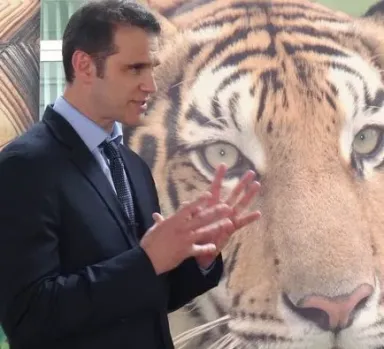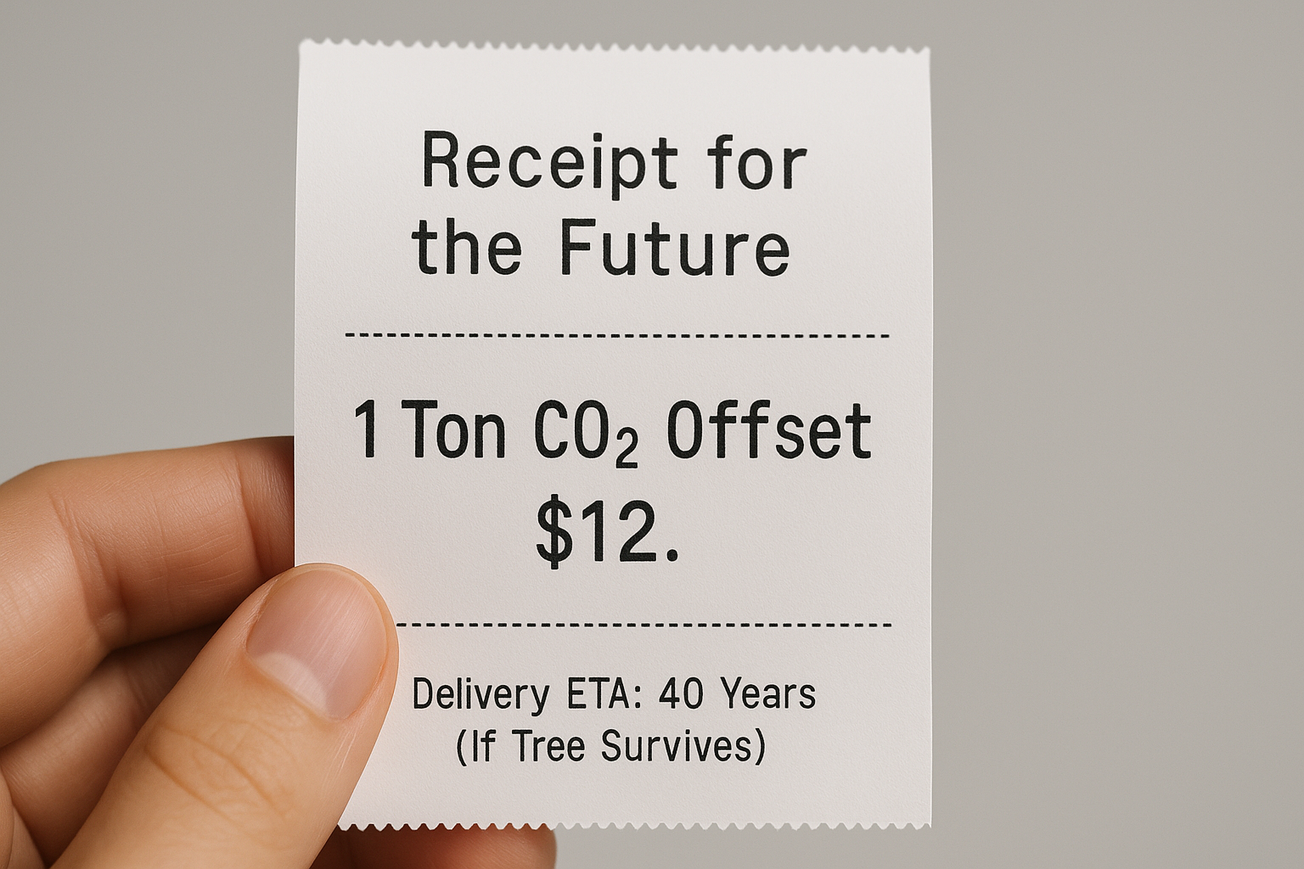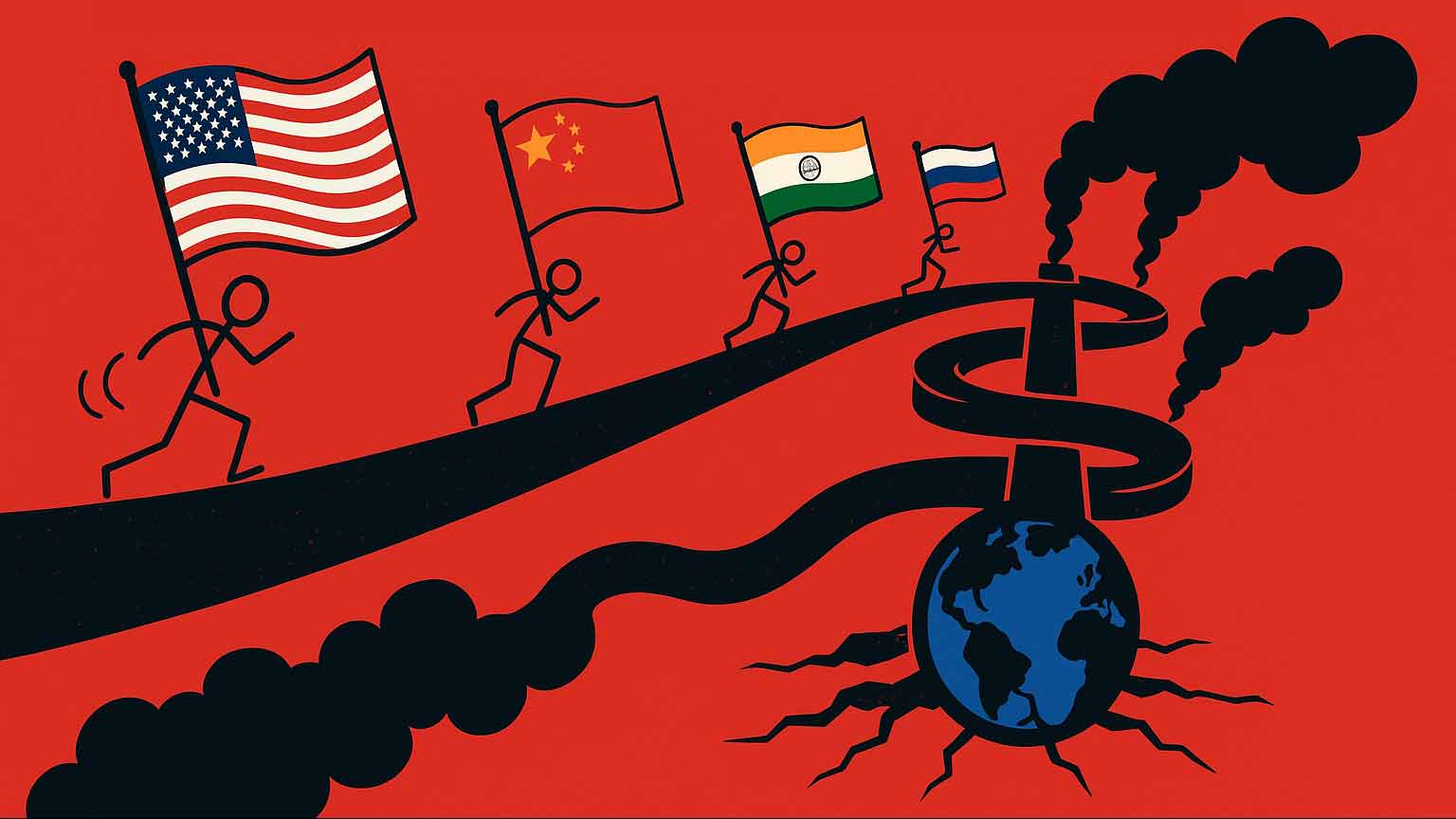Recent headlines remind us that our global biodiversity is at a tipping point. Two upcoming events present powerful opportunities to tip us in the right direction.
Horrific seizures of wildlife parts, like the 30 tons of shark fin confiscated last month in Brazil en-route to Asia; and positive news this week of rising tiger populations in India and Bhutan, all beg the question -- which direction are we going in? Ecological collapse, or recovery?
We continue to experience the fastest rate of species loss in history, accelerated by the multi-billion dollar commercial trade in wild animals and plants. A significant portion of that trade is driven by demand and a lack of adequate wildlife enforcement in Asia, and more specifically, in Southeast Asia and China.
Which means that region’s response to wildlife crime may determine the fate of many species worldwide.
Upcoming general assemblies of Southeast Asia’s lawmakers (ASEAN Inter-Parliamentary Assembly, or AIPA)) and law enforcers (ASEANAPOL)— both of which include consultations with their Chinese counterparts—, present excellent opportunities for this region’s leaders to examine their pivotal role in the protection of global biodiversity.
(Before going on, let’s not forget: the United States and the European Union are two of the top importers of wildlife in the world. While much of their recorded trade is legal, we don’t really know how much of that legal trade is masking illegal trade. Nonetheless, the data indicates far more illegal wildlife trade is destined for buyers in Southeast Asia and China than anywhere else.)
So, what is being done in Southeast Asia and China about this global crisis, and what is missing that AIPA, ASEANAPOL and other stakeholders should consider?
Actually, plenty is being done, and to be fair, progress has been made throughout Southeast Asia and China, collectively known by conservationists as the global hotspot for wildlife crime. I’m a witness.
Over the past 20+ years, our team and other groups have clocked in thousands of hours to improve Asian wildlife enforcement, and to reduce commercial demand for wildlife there. We’ve trained over 4,000 rangers and cops across the region to stop poaching and trafficking; helped NGOs and students campaign for legal reform and behavior change; and appealed to Asia-based corporations and development agencies to consider the impact on wildlife from their business plans. These efforts are starting to pay off: critically endangered tigers are slowly reappearing in Asian forests. Poaching of Asian elephants is down. Shark fin soup has disappeared from many Asian menus. And there’s more for conservationists to write home about.
But something is missing. For example, we are still seeing multi-ton shipments of pangolins (the most heavily trafficked mammal in the world) being smuggled into Southeast Asia from Africa. In fact, we’re seeing all kinds of endangered and rare critters from Asia, Africa, Latin America and North America showing up for sale on Asian websites and in markets across parts of Southeast Asia and China.
We’ve slowed the decline of wildlife species, but we have not stopped it.
As a conservationist who has been trying to help unplug the Asian wildlife vacuum for 32 years, I’ve often asked: what more can we possibly do?
The answer, I believe, is two-fold: (1) Fess up that we conservationists are not equipped to win this battle alone. We need help from other sectors, especially lawmakers and law enforcers. And (2) Flip our strategy. The current one is not working fast enough.
What do I mean? First, the flip. Conservationists to date have understandably focused on reducing commercial demand for wildlife and strengthening punishment of wildlife crooks. After all, the trade is fueled by consumption, and enabled by weak laws and enforcement.
Those efforts should continue, but it’s not where we should be spending the bulk of our efforts.
We often hear conservationists cry, “we need more time and money.” And we do. It sometimes feels like we’re trying to cure cancer with modest 2-to-5 year grants. But the truth is, we don’t have time. We have to change things up now, lest we kiss many species goodbye. So, here’s the strategic flip:
1: Instead of focusing all energy on punishing crooks, let’s reward enforcers too.
Laws and policies can be introduced that incentivize police and anti-money laundering agencies to seize the huge profits made by wildlife traffickers, and channel a piece of those assets into rewarding enforcers, and financing wildlife recovery in partnership with civil society. Make traffickers clean up the mess they created, while disabling them from striking again.
2: Instead of focusing so much time and money on changing bad behavior of current wildlife consumers, let’s foster good behavior of potential consumers.
Demand reduction campaigns have aimed mostly at adults who recognize when they’re being manipulated. They may not be consuming as openly as before, but many are still secretly buying wildlife. Focus instead on kids who have yet to form entrenched habits, and who are better suited than anyone to influence their elders.
3: Instead of trying to reduce demand for wildlife among an audience that isn’t listening, let’s increase demand for wildlife protection among audiences whose help we desperately need.
Conservationists often communicate and operate in an echo chamber, failing to reach outside their silos to effectively influence key players: consumers, government leaders, corporate executives, law makers and enforcers, and youth. This wider audience may express support for wildlife protection, but in reality they have other priorities: economy, health, national security, family, and children. Interest in fighting climate change and corruption is increasing.
If we are going to turn things around for wildlife, we have to place wildlife protection into this core zone of Asian priorities.

The good news is that we can do that. Wildlife protection does safeguard economies, and it does enhance public health by reducing the risk of disastrous zoonotic outbreaks, like COVID-19. It can support public and national security: wildlife trafficking rings are linked to other forms of organized crime. Wildlife protection mitigates climate change through improved biodiversity and ecosystem services. It can also illuminate and reduce corruption because that’s exactly what enables poaching and trafficking. And wildlife education can support families and children. Youth in Asia are no different from kids anywhere: exposed through effective storytelling, they’re drawn to animals and characters that hook their interest while teaching them topics they otherwise resist.
The themes of AIPA’s and ASEANAPOL’s upcoming general assemblies are “stability and prosperity” and “safety for all”. Their members should consider how wildlife protection supports these goals.
One final flip: As obvious as it sounds, we need to go local. Wildlife protection in Asia –and in many corners of the globe-- is still dominated by international conservation groups and international agencies that fund them. Significant support for Asia’s counter-wildlife efforts still comes from US and European donors that feel more comfortable channeling funds through US and European-led teams that understand their rules. Although these teams consist of local personnel, they’re rarely led by them.
Asian governments should start ramping up their own financing of wildlife protection efforts.
If we can link wildlife protection to Asia’s current priorities, with Asian stakeholders --not foreign conservationists--, leading the way, then Asia’s governments, enforcement, civil society, youth movements, and families will join, strengthen and sustain Asia’s conservation movement.
The needle of progress will keep moving too slowly for wildlife if we keep pushing boulders up a hill. The inflection point for positive change will come when we cultivate a broad and lasting local appetite for wildlife protection. If we do that in that Southeast Asia and China, we can transform that region from a wildlife crime hotspot into a global wildlife protection model, and start reversing the decline of species worldwide.












